







Looking After Your Finds - Identification - Finds




Weapons - Viking (examples) Swords


Powered By Sispro1
Copyright 2012 by Nigel G Wilcox All Rights reserved E-Mail: ngwilcox@gmx.co.uk

1.
2.
3.
Viking Swords
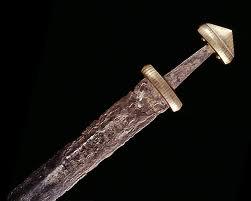
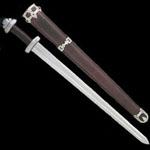
The inscription "Ulfbehrt" does not refer to the owner of the weapon, but rather to the smith who forged it. Ulfbehrt was a very well-known Frankish blacksmith, whose products were highly coveted because of their high quality. "Ulfbehrt-Swords" were found in many parts of Europe (166 blades in 23 European countries), with an especially high number found in Scandinavia.
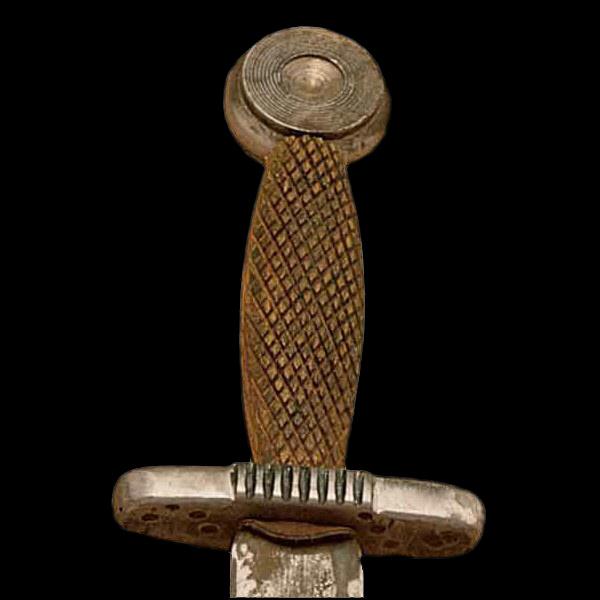
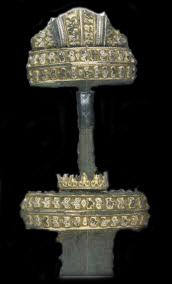
4.
5.


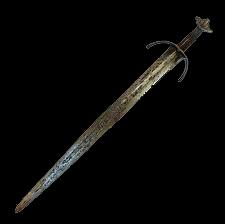
7.
9. Bronze Age Sword 1000-850 BC

11. This sword is a "rapier", generally believed to be more for thrusting than slashing since there is no tang. The date is around 1300 BC. 17-1/4" (43.5cm) long, weighs 11 ounces
10.
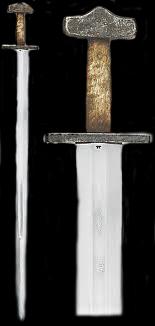

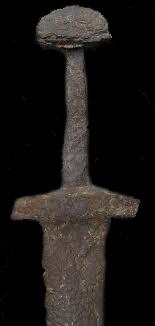

12.
13.
14.
15.
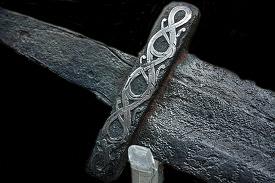
Reference to Viking Battle Strategy
Swords were very costly to make, and a sign of high status. The blades were usually double-edged and up to 90cm, or a little over, in length, but early single-edged sabres are also known. They were worn in leather-bound wooden scabbards. Early blades were pattern-welded, a technique in which strips of wrought iron and mild steel were twisted and forged together, with the addition of a hardened edge. Later blades of homogeneous steel, imported probably from the Rhineland, bore inlaid makers' marks and inscriptions, such as INGELRII or ULFBERHT. Viking craftsmen often added their own elaborately decorated hilts, and many swords were given names, such as Leg-biter and Gold-hilt.
Copyright All Rights Reserved by Nigel G Wilcox E-Mail: ngwilcox@gmx.co.uk
Designed by Nigel G Wilcox
Complimentary Topics
The Paragon Of Metal Detecting
& Archaeology
& Archaeology
Pages
Copyright All Rights Reserved by Nigel G Wilcox E-Mail: ngwilcox100@gmail.com
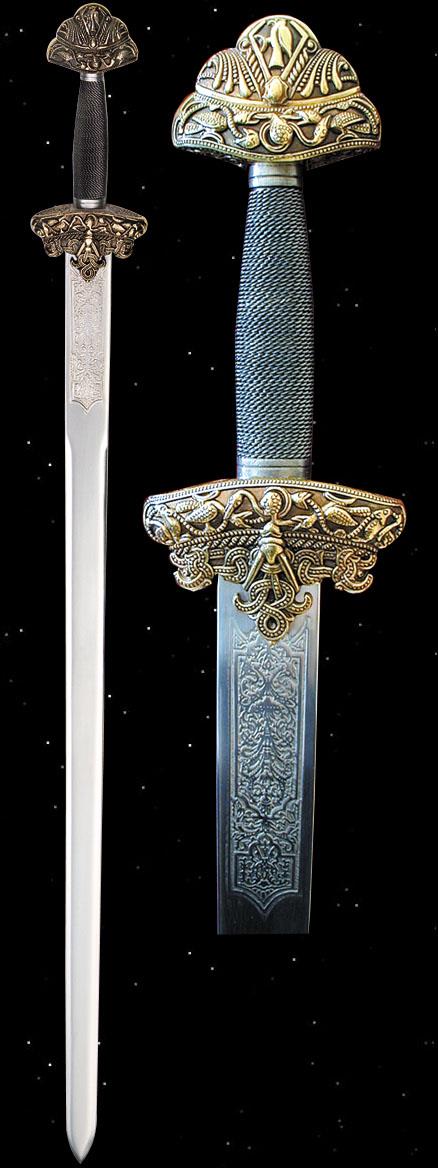
Sword with the inscription „Ulfberht“, discovered in the Maas near Lith, the Netherlands, 950-1000 A.D.
8.
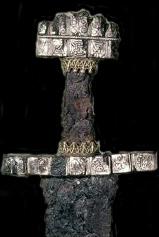
6.
Main Coin Menu
Viking Coins
Menu
Menu
Member NCMD
Viking Menu
























